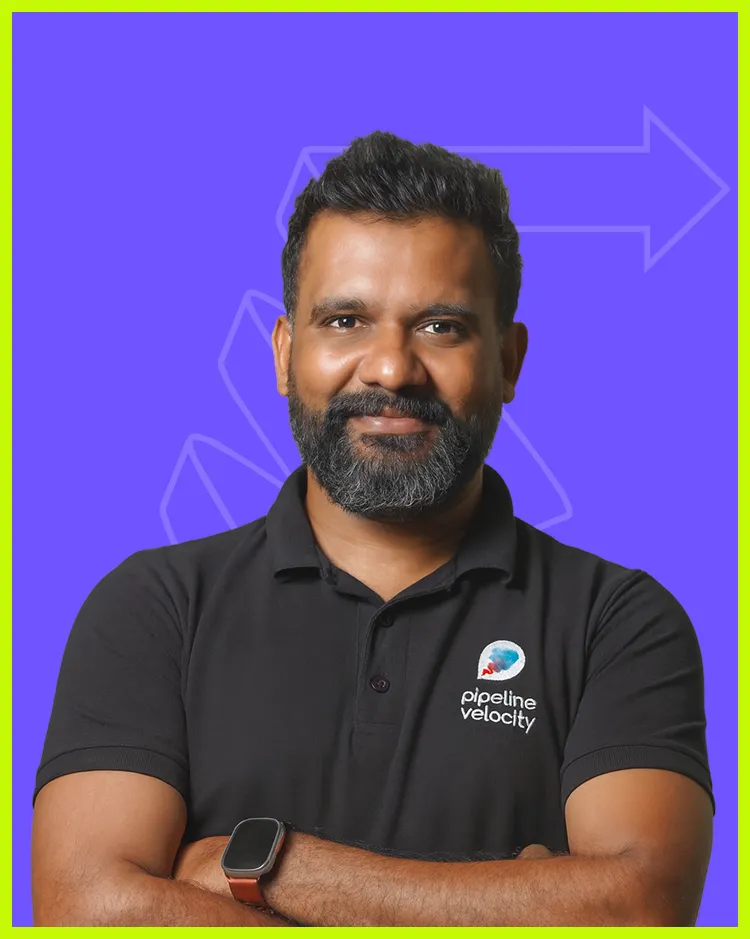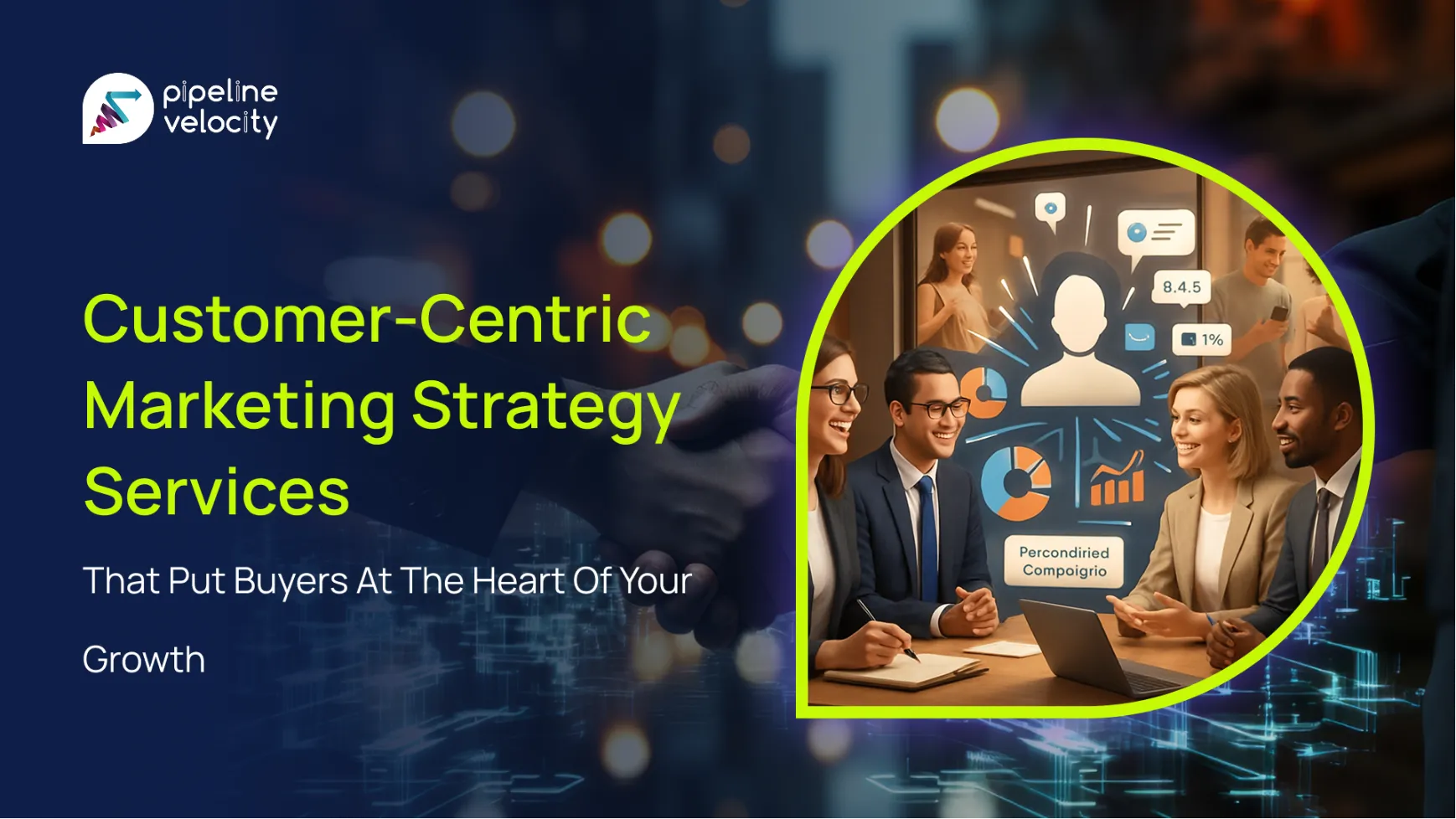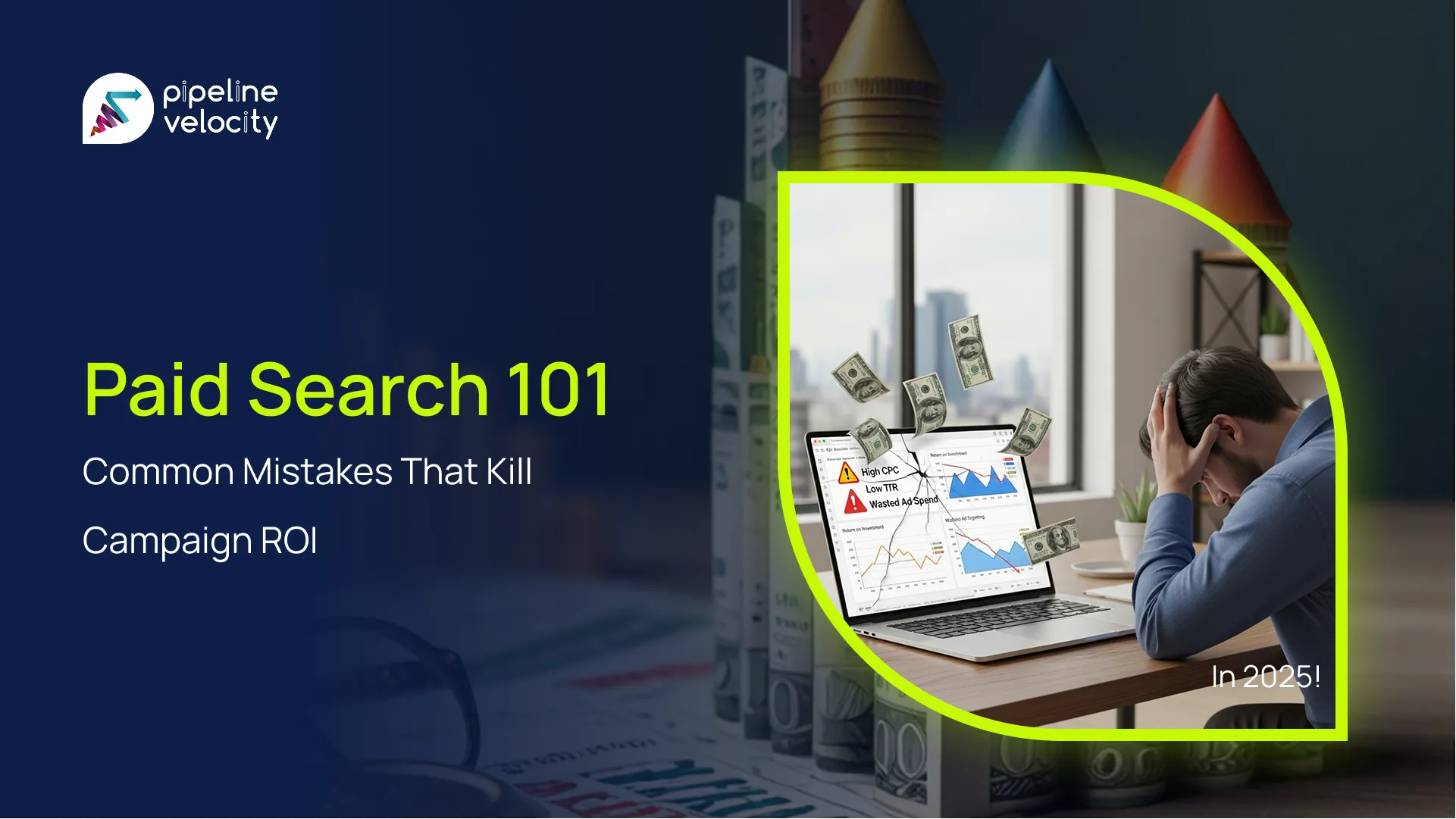Paid search budgets often start between 2,000 and 10,000 dollars per month. Most accounts reach a steady cost per acquisition within 6 to 8 weeks once tracking, match types, and negatives mature. Exact match protects margin, phrase finds adjacent winners, and broad works only with strong data, Automation, and strict negatives. Landing pages that mirror keywords and ad copy can lift conversion rate by 20 percent or more. Track only revenue actions and review Search Queries weekly.
Paid search 101 explained for first-time advertisers
This section gives you a practical playbook to launch PPC with confidence and avoid waste. You will learn how User Intent, relevance, and landing pages drive quality traffic. You will see why clean structure and Analytics turn clicks into pipeline. You will understand when to use manual or automated bidding and how the Algorithm learns. You will finish with a checklist to launch with speed and clarity.
What paid search is and how PPC works
Paid search is a real-time auction on each query across Google, Microsoft, Yahoo, and even Amazon for some verticals. You pay when someone clicks your ad, which makes Click Costs a core lever. Engines rank ads with a blend of bid, expected click-through rate, ad relevance, and landing page experience. Better relevance lowers cost and raises Visibility. Your budget, targeting, and bids control exposure and return.
Paid search basics vs SEO: when each channel wins
Paid search buys immediate placement and fine control by keyword, geo, and time, while Search Engine Optimization compounds over months and lowers blended acquisition cost. Use PPC to test offers, defend your brand, and fill pipeline gaps. Use SEO Strategy and SEO Content to win research topics and support Rankings for high-intent terms. For deeper reading, see our post on Does SEO still work in 2025? and our Generative Engine Optimization guide.
Where ads show and how the auction decides winners
Ads can appear at the top and bottom of Search Listings, on maps, and across partner networks. Placement changes by query and user context, and Ad Rank decides order and cost, not just your bid. Assets like sitelinks, images, and SERP Feature formats expand real estate and lift CTR. Treat each impression as a fresh test of your promise and page. Better structure and assets create durable Visibility.
Ad Rank, Quality Score, and why relevance beats raw bids
Ad Rank blends bid with quality and context signals. Quality Score estimates how well your ad and page satisfy users. Align keyword, ad copy, and landing headline to raise relevance. Faster pages and clear calls to action improve expected performance and User Engagement. If you need the official rules of the road, review Google’s help on Ad Rank and Quality Score.
Our services at Pipeline Velocity: fast wins without waste
Our services at Pipeline Velocity focus on measurable outcomes from day one. We deploy PPC management services with CRO-ready pages so clicks turn into qualified leads, not bounce. When paid and organic need to work together, we roll out an integrated plan via our PPC + SEO programs so short-term gains feed long-term Rankings. Engagements stay lean, transparent, and tied to revenue. If a tactic does not move the needle, we replace it fast.
Build a clean account structure that mirrors your offers
Structure is a control system for your money. Split campaigns by brand, nonbrand, and competitor so budgets and results stay clear. Keep ad groups tight so each theme sees tailored ads and pages. Use simple naming rules with goal, geo, and date. Document standards so audits take minutes, not hours.
Do keyword research with search intent front and center
Classify terms by informational, commercial, and transactional intent before judging volume. Build your Keyword List from customer language, product pages, and sales calls, then expand with the Keyword Planner and the Keyword Planner Tool. Use Search Analytics, site search, and sales transcripts to validate Keyword Selection. Favor relevance over raw volume to protect CPA. For content strategy context, read Are blogs still relevant in 2025?.
Use keyword match types the right way in 2025
Use exact for control on high-value terms and to prove unit economics. Use phrase to capture close variants without chaos. Use broad only when you have enough conversion data and pair it with Target CPA or Target ROAS and strong negatives. Start narrow, then widen with proof. Review queries twice a week during ramp.
Negative keywords that save budget and lift ROAS
Negatives stop mismatched intent before it burns spend. Build shared lists for careers, free, DIY, and support. Add geo and product exclusions you do not serve. Maintain separate brand safety and theme lists. Schedule monthly reviews so waste does not creep back in.
Write responsive search ads that match searcher intent
Lead with the core benefit that solves the job to be done and reflect User Intent in plain language. Include the main keyword in a headline and in the display path. Keep descriptions specific and action oriented. Use ad assets to earn more real estate and prequalify clicks. Pin only when required so the system can discover high-performing Matched Channel Formats.
Send clicks to focused landing pages that convert
One offer deserves one page with a headline that mirrors the keyword and ad promise. Keep forms short, pages fast, and mobile first. Add trust signals, mini FAQs, and clear next steps above the fold. Use Conversion Rate Optimization basics like social proof and friction removal. Do not dump traffic on a homepage with many Destinations.
Set up conversion tracking before you spend a dollar
Install Google Ads and GA4 tags and verify with a tag assistant. Track only meaningful actions like qualified lead, trial, or purchase. Turn on enhanced conversions to improve attribution. Import offline stages from your CRM so the model learns who becomes revenue. Capture UTMs and GCLID so deals tie back to clicks and the correct Website Address.
Choose the right bidding strategy for your data level
Validate tracking with manual CPC on your top intents. When you hit 30 to 50 conversions per month per campaign, test Maximize Conversions. Use Target CPA to hold unit cost or Target ROAS to protect margin. Set realistic goals and give changes a week to learn. Keep a rollback plan for major shifts so PPC Goals remain intact.
Target the right people, places, and times
Layer in in-market, remarketing, and customer match audiences across Google and Bing Ads. Use presence-only geo targeting with Zip Codes when local precision matters. Exclude regions you do not serve and languages you do not support. Adjust by device and schedule when data proves value. If you target competitors, keep claims factual and ethical; see the FTC’s advertising and marketing basics for compliance.
Control budget pacing so winners get the fuel they need
Allocate by goal and performance tier. Shared budgets can smooth spend but can also hide winners, so use them with care. Check impression share lost to budget, cost, and conversions daily. Split campaigns when a strong theme gets blocked by caps or by mixed goals. Move dollars weekly to what works now.
Platform realities: Google, Microsoft, Amazon, and Yahoo
Each platform has quirks that affect PPC Performance. Google sets the pace on features, but Microsoft Advertising can deliver efficient volume on the same Keyword Strategy with lower Click Costs. Amazon ads suit product-led Niche offers near purchase, while Yahoo has targeted placements in select regions. Match Ad Placement to audience behavior and to the platform’s strengths. Keep APIs, policies, and Automation changes on a watchlist because the Algorithm shifts often.
Signals that move Rankings and Search Rankings
Your paid and organic programs feed each other when you plan them together. Strong SEO Content improves landing quality and can lift Quality Score, while ad copy tests can inform title tags and meta for better Search Rankings. Search Listings with clear value props attract higher CTR, a useful Indicator for both ads and organic. Use Analytics to find which pages win across both channels. See our growth marketing vs digital marketing explainer for strategy tradeoffs.
Local precision: Zip Codes, Destination, and Ad Placement
Local service areas need tight controls to avoid waste. Target specific Zip Codes, use radius bidding where travel time matters, and verify the Destination and final Website Address match the promise in the ad. Add call assets and location extensions when phones drive revenue. Keep language settings and presence-only targeting locked. Review location reports weekly to catch leaks.
Owned audiences that compound: Newsletter, LinkedIn, and Podcast
Build an owned audience that lowers acquisition cost over time. Drive ad traffic to a Newsletter with real value and then retarget subscribers with sequenced offers. Sync LinkedIn audiences to reinforce consideration with the same benefits and proof points. Turn top-performing topics into a Podcast episode and promote it with Matched Channel Formats across search and social. Owned lists boost User Engagement and protect against auction volatility. For a content-led perspective, see Optimize for ChatGPT: GEO Guide 2025.
Shopping and marketplace intent: Google Shopping and Listings
Product catalogs deserve tailored flows. Use Google Shopping for high-intent buyers and map feed attributes to Keyword Targeting in your titles. Keep Listings clean with accurate pricing, availability, and a clear Website Address. Consider Amazon for marketplace reach if your margin and category fit. Optimize images and Merchant Center health to earn more impressions. Treat Shopping as a distinct funnel with its own PPC Goals.
Search Analytics and indicators that predict PPC Performance
Use Search Analytics to identify winning queries, weak pages, and gaps in Ad Placement. Watch Indicators like impression share lost to rank, query coverage, and asset eligibility. Track value-based metrics such as qualified leads and pipeline created, not just CTR. Split reports by brand, nonbrand, and competitors to keep trends honest. Build a forecasting sheet with seasonal baselines so your plans stay realistic.
Reporting that leadership can read at a glance
Tie spend to pipeline and closed-won revenue. Show top Search Queries, top assets, and top pages so wins are visible. Include actions taken and what is next so stakeholders see momentum. Keep slides short so decisions move faster. Consistency earns budget trust.
How Pipeline Velocity approaches paid search basics
We start with discovery and tracking to define qualified lead and to verify tags. We build clean campaigns that mirror offers, with tight themes and matching pages. We mine search terms weekly, promote winners to exact, and grow shared negatives. We test bids, ads, and pages every month and report on pipeline, not vanity metrics. The goal is steady, profitable growth.
At Pipeline Velocity, we help you scale with confidence
At Pipeline Velocity, we help you move from clicks to customers by pairing channel strategy with conversion design. If you want a turnkey plan that blends paid and organic, our Growth Marketing services provide end-to-end execution. If search visibility is your priority, our SEO services tighten technical health, content depth, and internal links so Rankings rise and stay. Engagements include a simple action plan, dashboards that track PPC Goals, and weekly standups that keep work moving. Your team gets fewer surprises and more revenue.
Paid search 101 toolkit and launch checklist
- Structure and settings: Separate brand, nonbrand, and competitors. Presence-only geo with Zip Codes where needed. Correct language. Simple naming rules. Baseline export saved.
- Keywords and match types: Exact on top intents, phrase on close variants, broad later with tCPA or tROAS. Shared negatives for careers, free, DIY, and support. Document Keyword Selection and Keyword Targeting rules.
- Ads and assets: At least eight headlines and four descriptions per RSA. Sitelinks, callouts, structured snippets, image assets, and clear Ad Placement. Paths mirror keywords and match the Destination.
- Landing pages: One page per offer. Fast load. Single call to action. Trust signals above the fold. Forms tested on mobile and desktop with Conversion Rate Optimization basics.
- Tracking and data: GA4 and Ads tags verified. Enhanced conversions on. UTMs and GCLID captured. Offline conversions mapped from CRM. Change log maintained in Analytics.
- Pacing and tests: Daily budget checks. Weekly Search Queries review. One or two experiments per month. Roll winners with notes and update the Keyword List. For broader content ROI context, read Are blogs still relevant in 2025?.
In summary…
This summary gives a fast path to better PPC. Keep User Intent, relevance, and data quality at the core. Fund what proves value and cut what does not. Use small, steady tests so gains stack over quarters.
- Plan
- Map keywords to intent and align pages with SEO Strategy.
- Split campaigns by goal and keep reporting clean.
- Define conversions that reflect revenue and long-term Rankings.
- Map keywords to intent and align pages with SEO Strategy.
- Execute
- Start with exact and phrase, add broad only with data and guardrails.
- Use assets and focused pages to lift CTR and CVR.
- Layer audiences, Zip Codes, and presence-only geo.
- Start with exact and phrase, add broad only with data and guardrails.
- Optimize
- Prune queries weekly and expand winners from Search Analytics.
- Shift to automated bidding at volume with measured goals.
- Report on pipeline, not vanity stats, and keep a clear forecast.
- Prune queries weekly and expand winners from Search Analytics.
Close the loop with a dashboard leaders can scan in two minutes. When the basics run on rails, scaling feels calm and predictable.
FAQs
What budget do I need to start paid search?
Many teams start between 2,000 and 10,000 dollars per month across brand and nonbrand. Prove unit economics on exact match before you scale. Budget should fund meaningful tests without risking cash flow. Adjust by payback targets and seasonality.
How long until paid search delivers consistent results?
Most accounts stabilize CPA within 6 to 8 weeks after launch or rebuild. That window lets you prune Search Queries, tune pages, and finish early sales cycles. Expect faster wins on brand and top exact terms. Consistency comes from cadence and clean data.
Should I bid on my own brand name?
Yes. Brand campaigns defend your name, control the message, and block rivals on Google and Bing Ads. They are inexpensive and convert well. Report brand separately so nonbrand trends stay honest.
What is a good CPA for my industry?
A good CPA is the cost that meets your payback target given deal size and close rate. Improve CPA by tightening intent, strengthening pages, and cutting waste. Do not chase low CPA at the expense of pipeline quality.
How do I choose between tCPA and tROAS?
Pick Target CPA when values are stable and you must hold unit cost. Pick Target ROAS when values vary and margin matters more. Start with goals slightly wider than history and tighten as the model learns.




